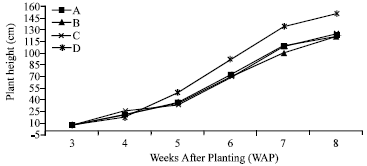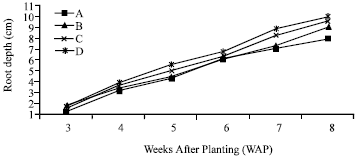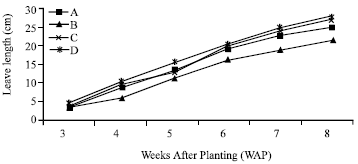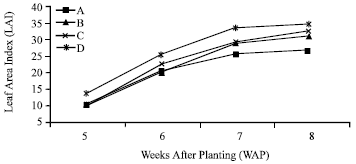Research Article
Effect of Tillage Methods and Fertilizer Applications on Amaranthus curentus in Nigeria
School of Civil Engineering, Universiti Sains Malaysia, 14300, Nibong Tebal, Penang, Malaysia
Mohd Suffian Yusoff
School of Civil Engineering, Universiti Sains Malaysia, 14300, Nibong Tebal, Penang, Malaysia















